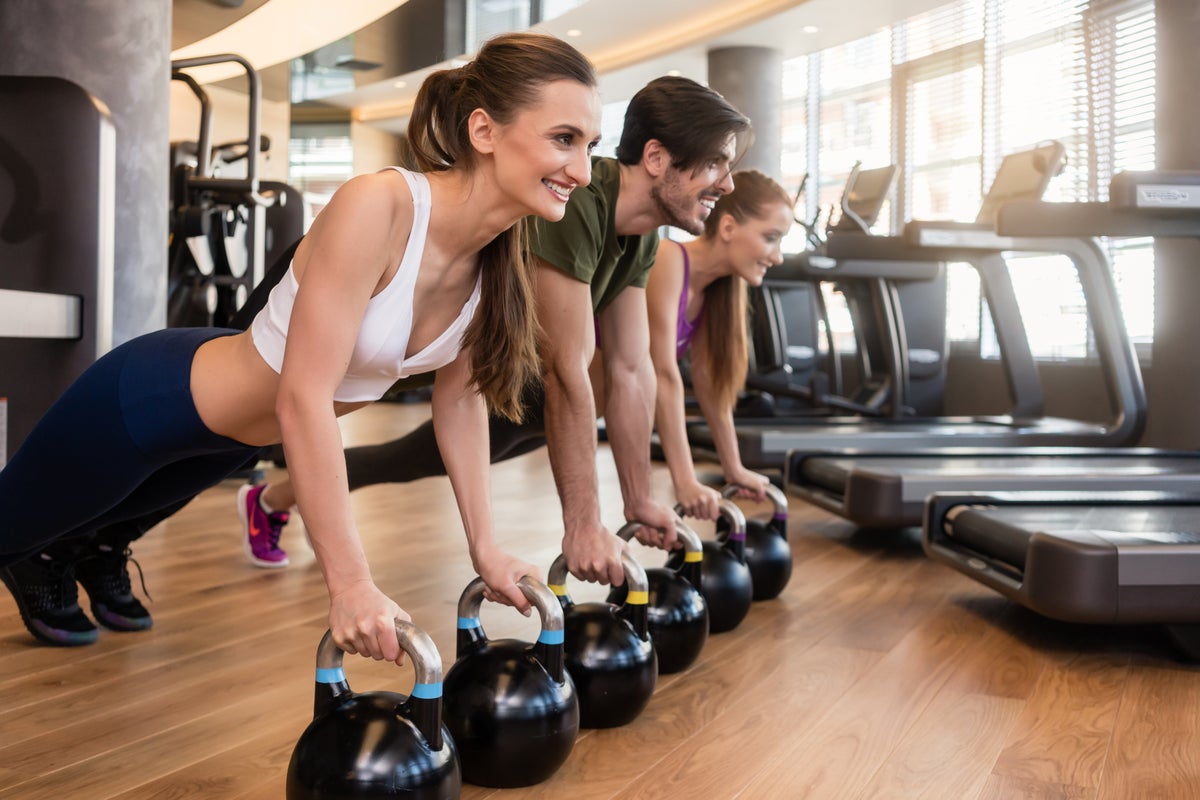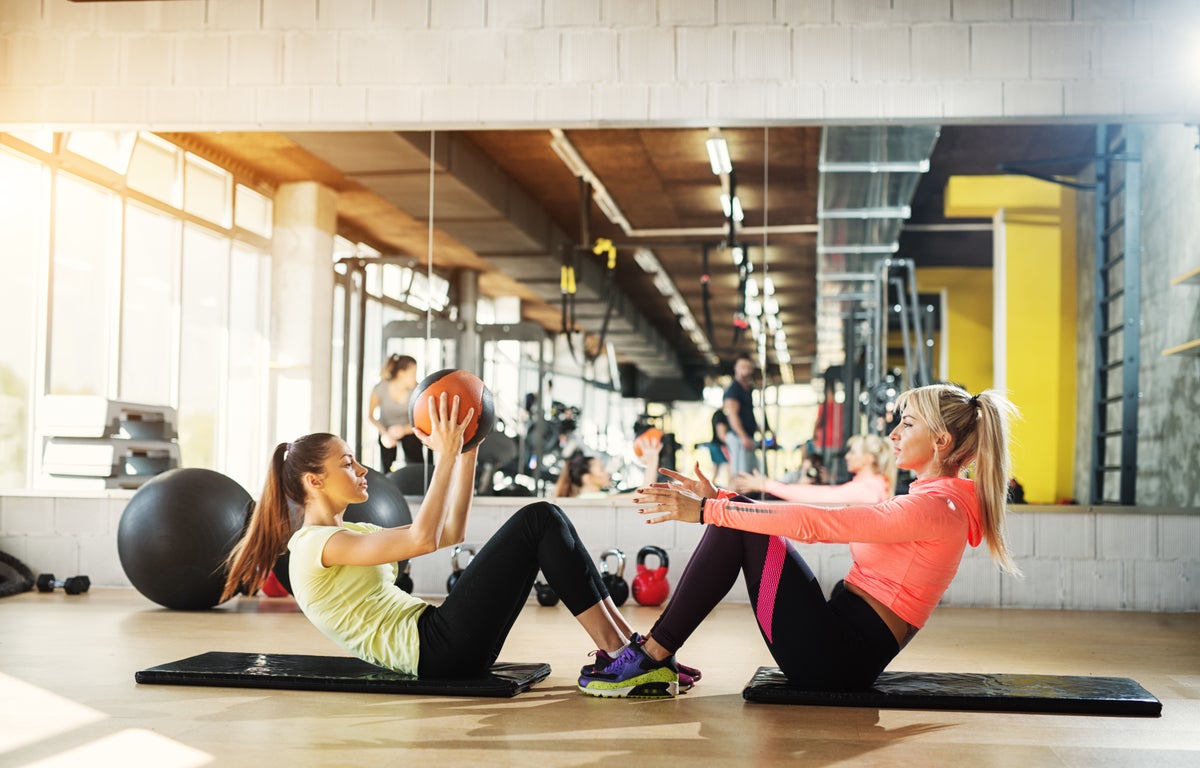Activate your core
by Kate Seymour on Tuesday 17 May 2022
7 min read
If you have spent any time in fitness classes, personal training or even browsing workouts online, you know that fitness lingo can sound like a string of random words, such as “Activate your core”, but what is it that your trainer is asking of you when they say, “engage your core”?
To some of us, if not many, we might assume ‘activating your core’ simply means sucking your belly inwards, but it is so much more then that. Our trainer, Kate, is here to explain what it all means, educating us on what even is our core, share tips on how to practice correctly engaging your core, and how we can all apply it to maximise our workouts.
What is my core?
Firstly, let's understand what muscles we are talking about when we refer to our ‘core’. Put simply our core is made up of many muscle groups between the ribcage and the hips. Some of us may have heard of our predominant abdominal muscles, however, we often are not educated on how a few other key muscle groups also assist us when activating our core.
Rectus Abdominus: Commonly referred to as the ‘six pack’, the rectus abdominus are located between the base of the rib cage and the pubic bone. Their primary function is flexion of the body
Transverse Abdominus: The deepest abdominal muscle layer, primary function is to maintain internal abdominal pressure, stabilising the torso.
External Obliques: Located either side of the rectus abdominus, the external oblique’s primary function is to twist the torso, however, in the opposite direction to the external oblique which is contracting.
Internal Obliques: Located just inside the hip bones either side of the rectus abdominus, much like the external obliques, the internal obliques primarily aid in twisting the torso, however to the same side of the internal oblique that is contracting.
Pelvic Floor: The pelvic floor slings from the pubic bone at the front to the tail bone at the back. The pelvic floor is the base of your abdominal muscles, working together with the abdominals and diaphragm to maintain internal pressure to deal with pushing down forces when you lift or strain such as during exercise.
Erector Spinae: These are a large group of muscles that run from the pubic region up along the spine connecting to the base of the skull. These muscles have primary functions of stablising the spine as well as aiding spinal flexion, extension and rotation and are just as important as the abdominal muscles in exercise.
Diaphragm: The diaphragm, located at the base of the lungs, has a primary function of aiding breathing, however, has a secondary function of stabilising the core along with the abdominal and pelvic floor muscles.
So, how can I activate my core?
Activating your core means engaging the muscles mentioned above, correctly, and being capable of keeping them activated whilst completing movements. We can activate our core for stability through dynamic and static exercises, often referred to as ‘bracing’ the core.
This is a great place to start learning how to activate our core before we advance to staying activated through movement. Activating these muscles requires a strong mind to body connection. It takes practice and focus and it's ok to need to practice multiple times before it sticks with us. Regardless of our level of training, beginners to elite athletes can all benefit from practicing core engagement.
Finding the correct spinal position and engaging the core muscles.
- Lay down on your back, knees bent, feet flat on the floor, hip distance apart.
- Place your hands on your hip bones, bringing your fingertips together towards your public bone and your thumbs together towards the belly button.
- Anchor your tailbone to the floor, and rock forwards and back through the pelvis until your find a neutral position where your hands are parallel to the floor, indicating your neutral pelvic position.
- Draw your shoulder blades down and back, keep your chin tucked in slightly bringing your spine into its own neutral position. You will have the natural arch under your lower back, which is different for everyone.
- Draw the belly button inwards towards the spine. Your hip bones will drop slightly however your tailbone will stay anchored to the floor.
- Gently connect your ribs towards your hips, without tensing the shoulders.
- Think about drawing your hip bones closer together in a horizontal line along the lower belly.
- Gently lift the pelvic floor, internally, towards the belly button.
You should feel completely stable through the torso and pelvis. Practice holding this position as your inhale through the nose, lifting the pelvic floor and exhale through the mouth, connecting the ribs to the hips. Once you feel you have got your activations spot on, challenge yourself by finding your neutral spinal and pelvic position and activating the core laying on your front and then standing.
Applying it all to our workouts
Once you are capable of correctly activating your core, it becomes applicable to all exercises we do, no matter your style of training. You will develop stronger abdominal muscles through correct engagement through any abdominal exercise as well as through a variety of other workouts from Pilates to HIIT training, boxing and weightlifting, you will see improvements in all aspects of your movement if you bring focus to your core stability.
You will move more efficiently, be less prone to injuries, be capable of lifting heavier loads as well as improve performance in sport. There is truly no limit to the difference a strong and stable core can make to not only your training, but your life.
Related articles
Connect
5 min read
Why High-Performing Professionals Work with Personal Trainers
Connect
5 min read
5 Reasons Why It’s Hard to Sustain New Year Resolutions (and How You Can Overcome Them)
Connect
5 min read
Finding Balance through Self-Care
Enjoying our blog?
Sign up to our newsletter to get updates on training, healthy living, news and events.




